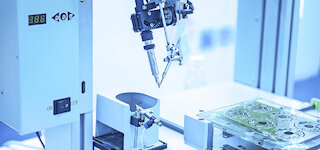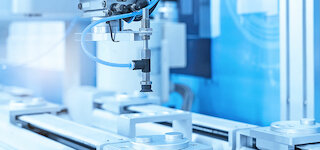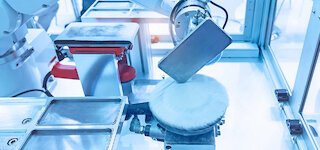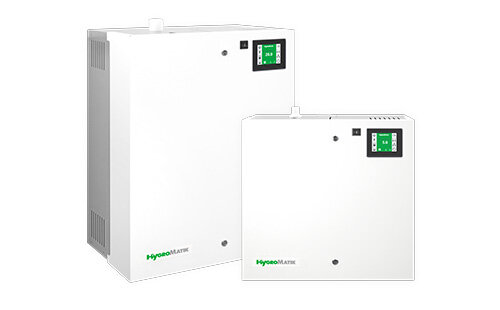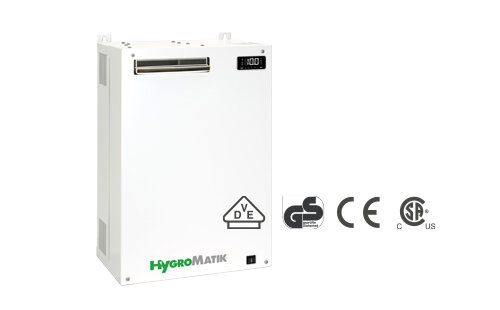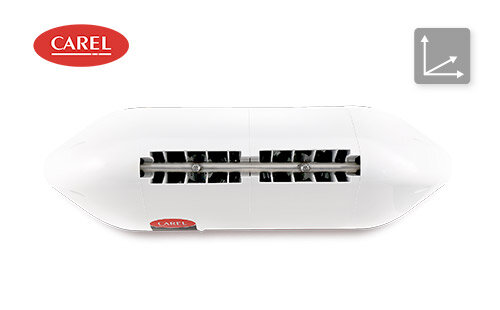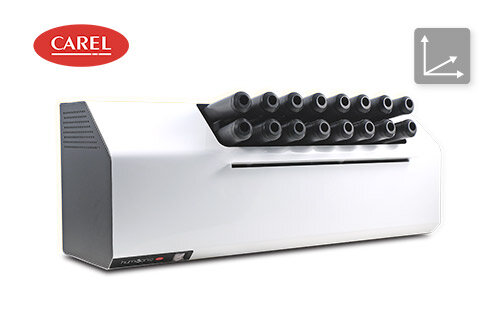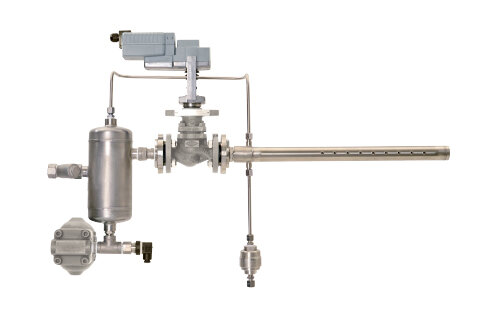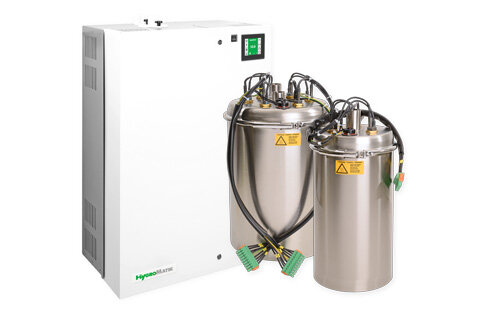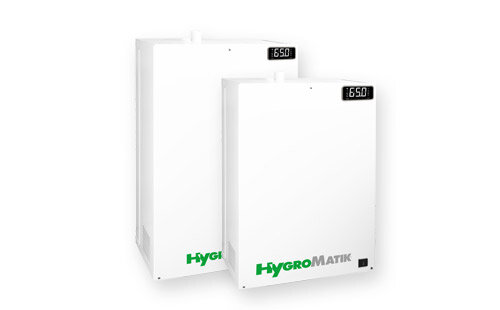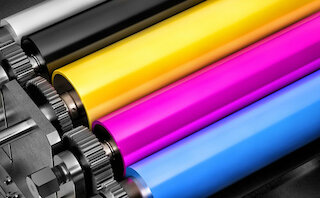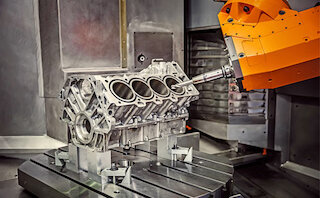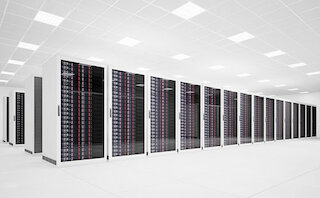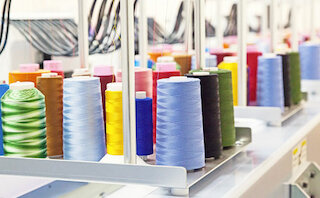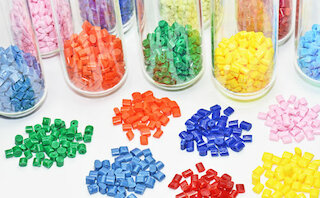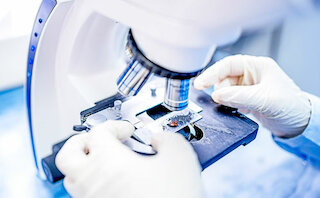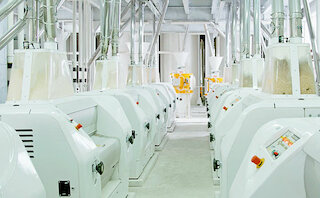Air humidification in the electronic and high-tech industry.
Controlling and regulating air humidity in electronics and high-tech manufacturing environments effectively reduces potential electrostatic discharges (ESD), which are likely to happen in dry spaces (less than 45% relative humidity). Relative air humidity level of 55% is generally advised in production facilities to avoid any damage to sensitive material and disrupting the manufacturing processes.
Increased indoor humidity acts as a natural protector, absorbing electric charges and enabling fast and permanent discharge. To reduce the warm indoor temperatures created by electronic manufacturing and produced by the run of operational equipment, the use of adiabatic humidification systems is recommended. The units can indeed achieve advanced, environmentally-friendly air cooling. Adiabatic systems help stabilise and maintain existing heat, achieving an optimum indoor climate, while significantly reducing the overall operational costs.
Humidification also contributes to reducing the dust deposits on sensitive components and surfaces and improves occupants’ working conditions, preventing common health-related illnesses associated with a dry working environment.
Some advantages of air humidification in the electronic and high-tech industry:
- Protection against dangerous electrostatic discharge
- Improved quality of electrical components
- Better material and process efficiency through reduced failure rate
- Creation of a healthy, pleasant working environment for operational staff
- Reduction of operating costs due to energy-efficient cooling performance

